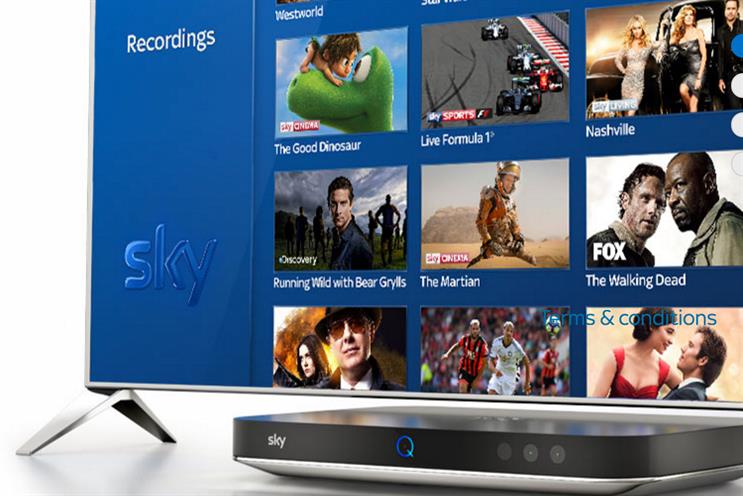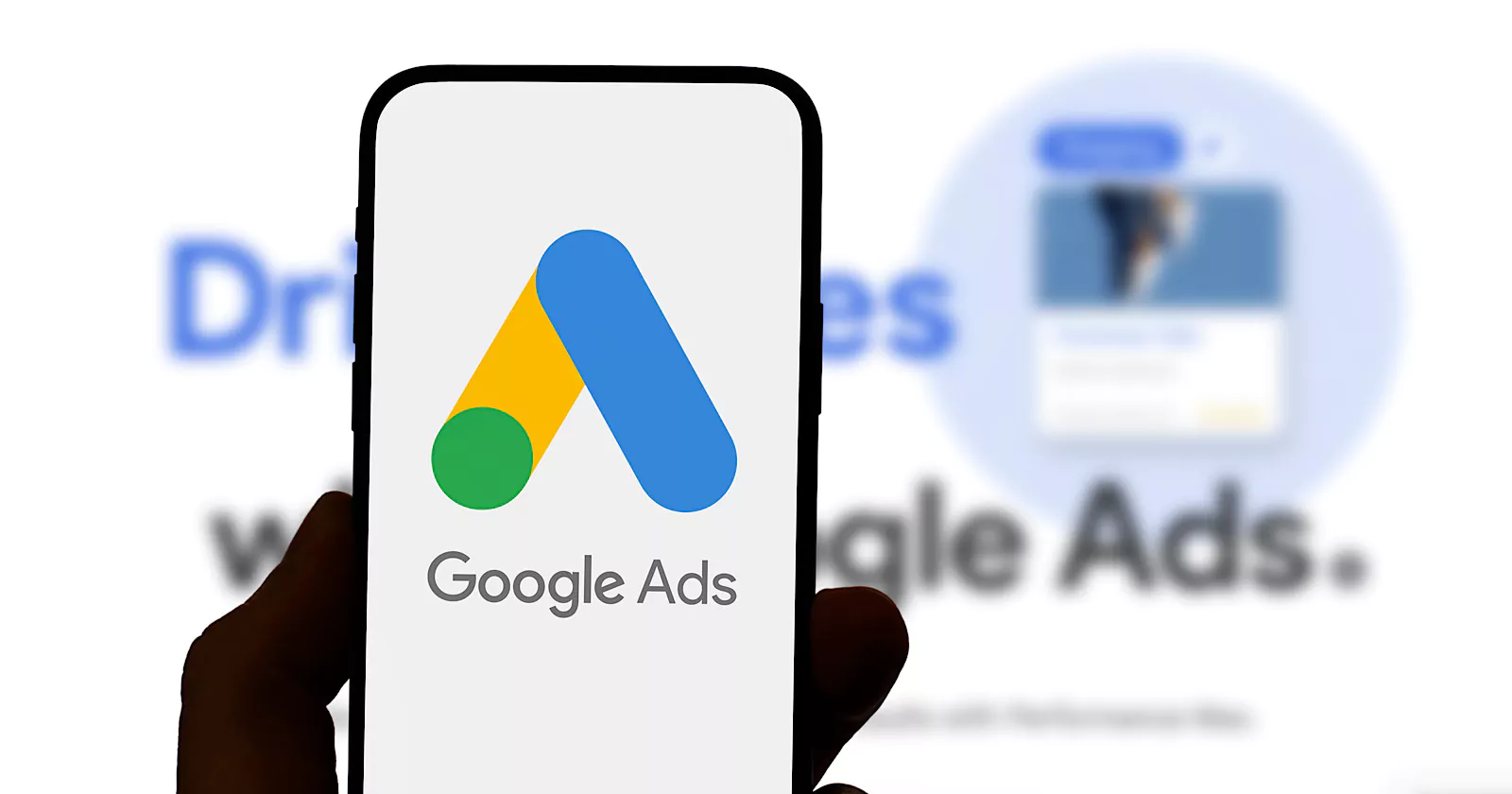Best 6 Sports Ecommerce Website Design Tips for 2023 with Examples
In an era where the digital realm is our gateway to immersive experiences, sports eCommerce websites have evolved into more than just online stores. They’ve become dynamic arenas where cutting-edge design intersects with the adrenaline of competition. As the...

In an era where the digital realm is our gateway to immersive experiences, sports eCommerce websites have evolved into more than just online stores. They’ve become dynamic arenas where cutting-edge design intersects with the adrenaline of competition.
As the online landscape continually reshapes itself, the design of an eCommerce website holds unprecedented influence, which will spark interest in the products and then, drive more sales. And for sports brands, these virtual platforms are more than product showcases; they embody the very spirit of sports.
Sports Website Design Tips
The user experience on your sports eCommerce website will be enhanced if you apply the following design tips, and your brand’s dedication to quality, innovation, and client satisfaction will also be reinforced.
Remember, a well-designed website drives sales and leaves a lasting impression that can convert first-time visitors into loyal advocates of your sports brand.
Let’s look at the essentials that successful sports eCommerce websites incorporate to create immersive and user-friendly experiences for their visitors:
1. Dynamic Visuals for Emotional Connection
Dynamic and captivating visuals lie at the heart of effective sports eCommerce website design, seamlessly crafted by skilled web design agencies. So, the use of high-resolution images and videos that showcase athletes in action serves a dual purpose. Not only do they vividly demonstrate product functionality, but they also forge an emotional connection with users.
Dynamic visuals are generally intended to inspire visitors with a sense of movement, passion, and determination.
They have the power to spark aspirations, making users more likely to engage with the brand and explore its products.
2. User-Centric Navigation for Seamless Browsing
Navigating through an eCommerce website should be intuitive and frictionless, a goal seamlessly achieved through the expertise of sports marketing and web design agencies. Successful sports brands prioritize user-centric navigation by organizing products into clear and logical categories.
Additionally, implementing filters and search functions, often fine-tuned by sports marketing insights, helps customers quickly narrow their options to find what they’re looking for.
Let’s look at an example from Adidas’s website, which offers 11 different filters and 4 sorting options to users:
Another point to care about in user-centric navigation is reducing the number of clicks required to reach desired products. That’s why brands enhance the overall browsing experience and reduce the likelihood of users being frustrated.
3. Mobile Responsiveness for Accessibility
Your sports eCommerce website must be fully responsive, given the rising popularity of mobile devices for online shopping.
If your website is mobile-friendly, it will work easily on a wide range of screen sizes and orientations. As a result, you can provide your customers with a consistent experience no matter whether they are using a desktop, tablet, or phone.
4. High-Quality Imagery for Product Clarity
Clear and detailed product imagery is essential for instilling confidence in potential buyers. Providing high-resolution images from multiple angles allows customers to closely examine products, simulating the in-store experience.
Additionally, by incorporating zoom-in capabilities, just like Puma does on its website, you can enable your users to scrutinize intricate details, fabrics, and features. High-quality imagery eliminates uncertainty and reduces the risk of mismatched expectations.
5. Effective Product Pages for Informed Decisions
A well-structured product page is a crucial component of a successful sports eCommerce website. Each product page should include detailed information such as detailed descriptions, sizing charts, available colors, and client testimonials.
You can see a screenshot from one of Decathlon’s product pages. The brand always provides potential customers with detailed information:
6. Simplified Checkout Process for Conversion
An elaborate checkout process is a common cause of cart abandonment. Designing a fast and straightforward checkout method, generally in partnership with eCommerce agencies, is the key to converting potential customers into pleased customers. The process of making a purchase is made significantly easier and more alluring by cutting down on the steps needed to complete it, providing guest checkout options, and ensuring secure payment gateways.
Additionally, with the help of eCommerce agencies’ strategic input, features like order tracking and saved payment information may be integrated, which will encourage customers to make repeat purchases and build loyalty. This collaborative effort, which combines user experience principles and eCommerce expertise, ensures that the final stages of the transaction are as rewarding as the initial stages of discovery.
Besides benefiting from a well-designed website, leveraging the power of social media is a must when it comes to sports eCommerce marketing.
Check out our blog post on social media in sports marketing now; add new skills and information to your toolkit!
Best Sports Ecommerce Websites
Let’s look at the best sports eCommerce websites that have embraced the principles we mentioned above:
Nike: Where Innovation Meets Design
Nike’s eCommerce website is a shining example of the company’s dedication to innovation and design. The homepage features bold visuals of athletes in motion, immediately captivating visitors:
High-quality images and detailed product descriptions contribute to a satisfying shopping experience. Nike’s seamless checkout process further solidifies its reputation for user-centered design.
Adidas: A Fusion of Sport and Style
Adidas impresses its target audience with its eCommerce platform, which blends sport and style in a perfect way. For instance, when you look at the image below, you can see that Adidas promotes the idea of being stylish and sportive at the same time with its back-to-school in a sportive way theme:
Also, the website’s user-friendly interface highlights product diversity while catering to the modern consumer’s preferences. Innovative features like product customization and augmented reality try-on options provide an interactive dimension to the shopping journey. And as we mentioned before, it has a mobile-responsive design, which means quick-loading pages.
Lululemon: Elevating Athleisure
Lululemon’s eCommerce website sets the bar high for athleisure brands. The site’s clean and elegant design resonates with its target audience, which seeks functional yet fashionable sportswear.
Stunning lifestyle imagery and easy-to-navigate sections make it a breeze for visitors to find yoga pants, workout tops, and more. Besides, the brand offers various filters according to the type of activity, size, fit, and more.
Decathlon: Accessibility Redefined
The eCommerce website for Decathlon lives up to its reputation as a business that excels at making sports available to all people. Decathlon’s website is organized into distinct product categories, making it easy for customers to find the right equipment for their favorite activities:
Also, the inclusion of comprehensive buying guides and professional advice, in particular for those who are new to sports, improves the shopping experience.
Gymshark: Tailored for Fitness Enthusiasts
Gymshark’s eCommerce website attracts fitness enthusiasts looking for fashionable and functional activewear.
The website’s striking layout and alluring imagery reflect the brand’s upbeat philosophy. Customers are given a sense of belonging and trust thanks to Gymshark’s seamless integration of user data:
Last Thoughts
In collaboration with sports marketing agencies and web design experts, these websites have redefined user interaction, perfectly blending intuitive navigation, dynamic visuals, and frictionless checkouts.
As users engage with these websites, the scene of eCommerce changes by showcasing innovation, design excellence, and user-centric strategies. This transformation highlights the potential when sports brands embrace technology and creative collaboration.

 KickT
KickT 








_1.jpg)
![How Nonprofits Can Use TikTok for Growth [Case Study + Examples]](https://blog.hubspot.com/hubfs/tiktok%20for%20nonprofits-1.jpg#keepProtocol)























